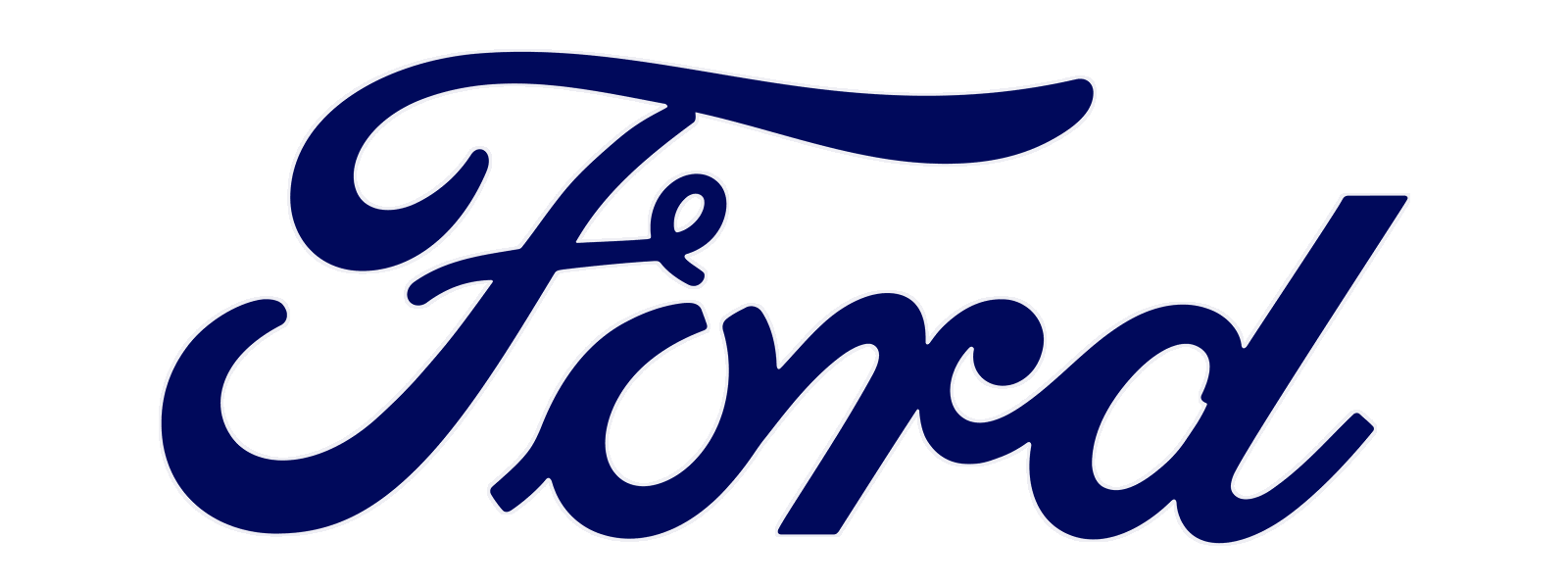

James Vowles is aware he is likely to cause problems inside Williams by breaking existing systems long in place but believes such a task is crucial if he is to continue to move the F1 team forward.
Since taking on the role of team principal earlier this year, Vowles has had an immediate impact, although has long made clear his programme of change will take years to implement.
For now, seeds have been sown which have at least resulted in an uptick in performance on track, notably since the introduction of an upgrade at the Canadian Grand Prix in which Alex Albon finished seventh followed by eighth in the British GP.
Those two results have elevated Williams up to seventh in the constructors’ standings, level on points with Haas, but ahead on countback.
Vowles has no doubt his team has “moved forward”, but he insists seventh means nothing, that he is only interested in being “far higher than that”, with the building blocks now in place.
More is required, however, with an organisation he feels is firmly stuck in its ways.
“The hardest thing to do is to change and adapt, and break existing systems in order to move forward,” said Vowles.
“Irrespective of the fact we’re seventh, we still have to do that, we still have to rebuild a number of systems that are not where they need to be because, otherwise, we’ll be fighting in this region, but not necessarily at the front, which is where we want to be.”
Asked by Speedcafe to elaborate on his use of the phrase ‘break existing systems’, he explained: “So we have systems in place that are using a lot of human interaction.
“So when we design something, it’s saved to the file, and then we use an email sort of communication system in order to construct elements.
“We can’t do that. We’ve got to put in place proper systems and architecture, which means whatever is in place at the moment, you’ve got to break it.
“When we do that, it will cause problems without a doubt because it’s how this organisation works, but we will be better in the future by doing so.”
Vowles maintains a complete culture change is required, adding: “You don’t change that by just using words, you change that by showing what you would like, and hope people follow your direction of travel.
“What I’m trying to bring in through the organisation is honesty, openness, proper communication, which for a lot didn’t even exist.
“That’s not the organisation’s fault, but it was surviving, has been surviving for probably 15, 20 years, which means it was only thinking one week ahead, one month ahead.
“And what I’ve really tried to bring in is to stop that, and from the get-go, thinking six months ahead, 12 months ahead, 24 months and 36 months ahead. Those are the timelines we need to think about.
“It means you don’t firefight anymore, you think about how we’re going to be better, making those large steps. It’s a complete mind shift from where we are.
“The result is the wind tunnel, the aerodynamic team are doing a great job, delivering on performance as a result of the team working together and doing experimentation on previous races in order to understand where we need to be.”
















Discussion about this post